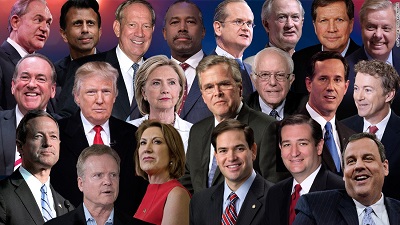 by Angela Guess
by Angela Guess
Dan Patterson writes in TechRepublic, “Big data is one of the most powerful forces in the 2016 presidential race. In search of likely voters, campaigns focus on specific slices of information, frequently targeting everything from regional demographic stats to personal voting history. Similar to how advertising and marketing agencies use data to find and persuade a market, political campaigns use big data to craft advertising messages, enlist local influencers and canvassers, and target phone calls.”
Patterson continues, “As dis-unified as the candidates are, one commonality is their use of big data management platform NationBuilder. Piles of Excel and CSV files are ineffective, however, without tools that help convert likely participants to active voters. NationBuilder allows campaigns to upload, manage, and interpret piles of voter information ranging from Twitter follow lists, to partisan affiliation and voting history, to demographic data like salary range, marital status, and ethnicity. NationBuilder’s platform helps organizations personalize outreach and ‘build and manage personal relationships at large scale,’ said Founder and CEO Jim Gilliam.”
He goes on, “Campaigns mostly care about three types of people: Voters, volunteers, and donors. Knowing how often someone votes, or whether they’ve volunteered before, or given to campaigns is pretty common. Campaigns also rely heavily on volunteers to gather additional information from voters like what issues they care about and whether they are supporting the campaign. Sophisticated campaigns with a fair amount of money will sample that information and run data models against their entire database, score potential voters on the likelihood that they will vote for their campaign, then target their outreach and relationship building.”
photo credit: StanfordPolitics.com